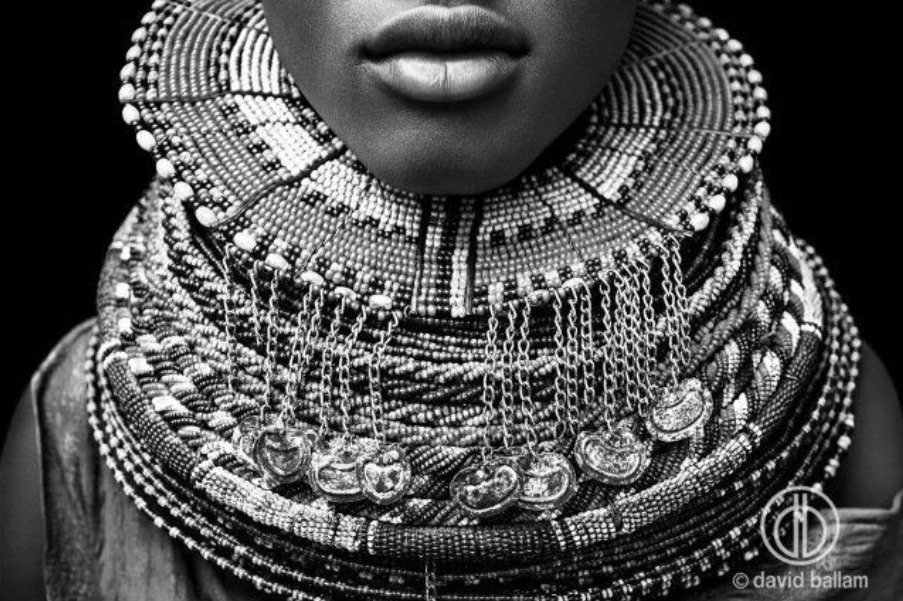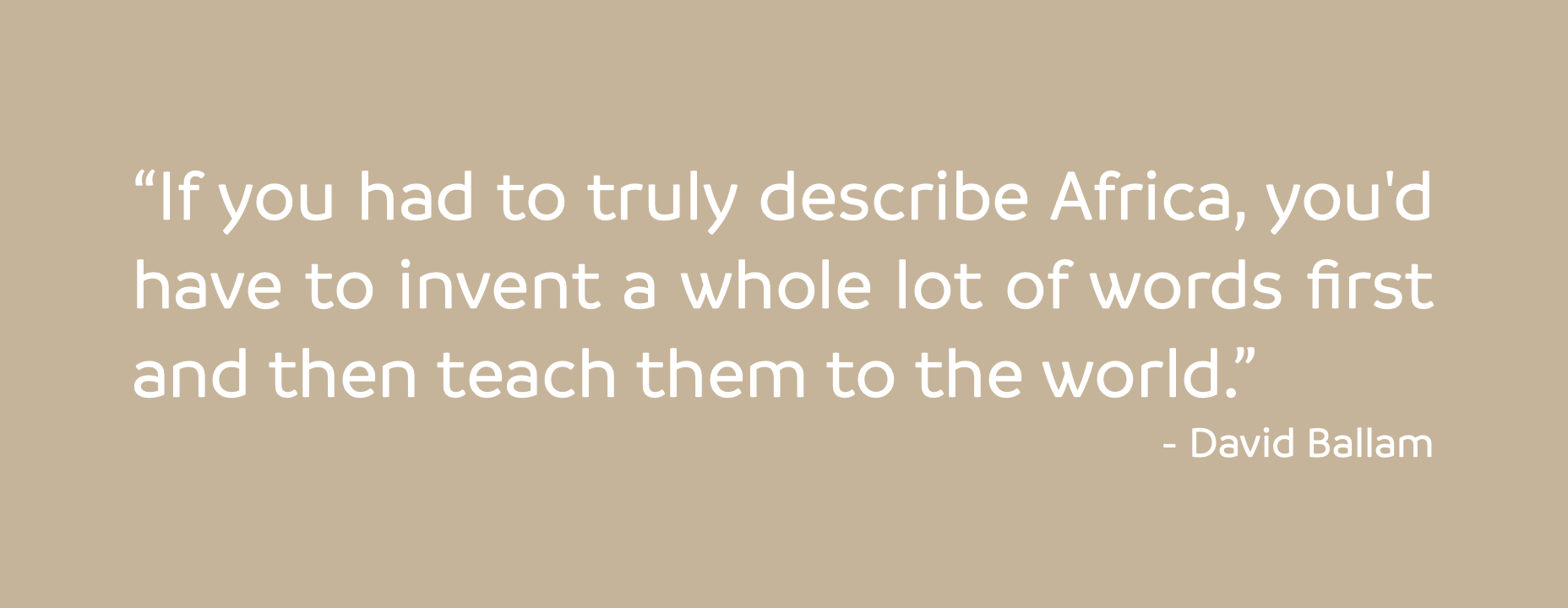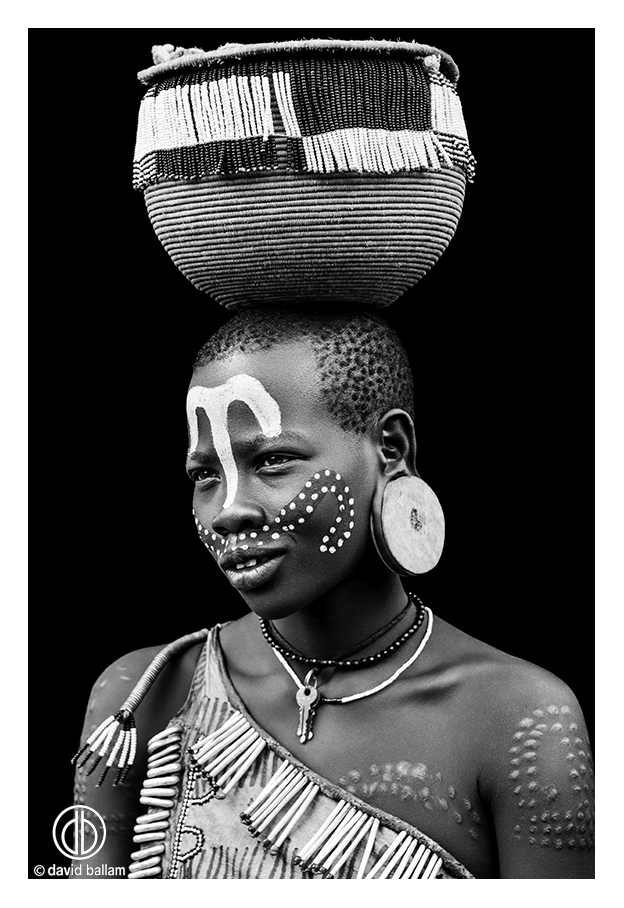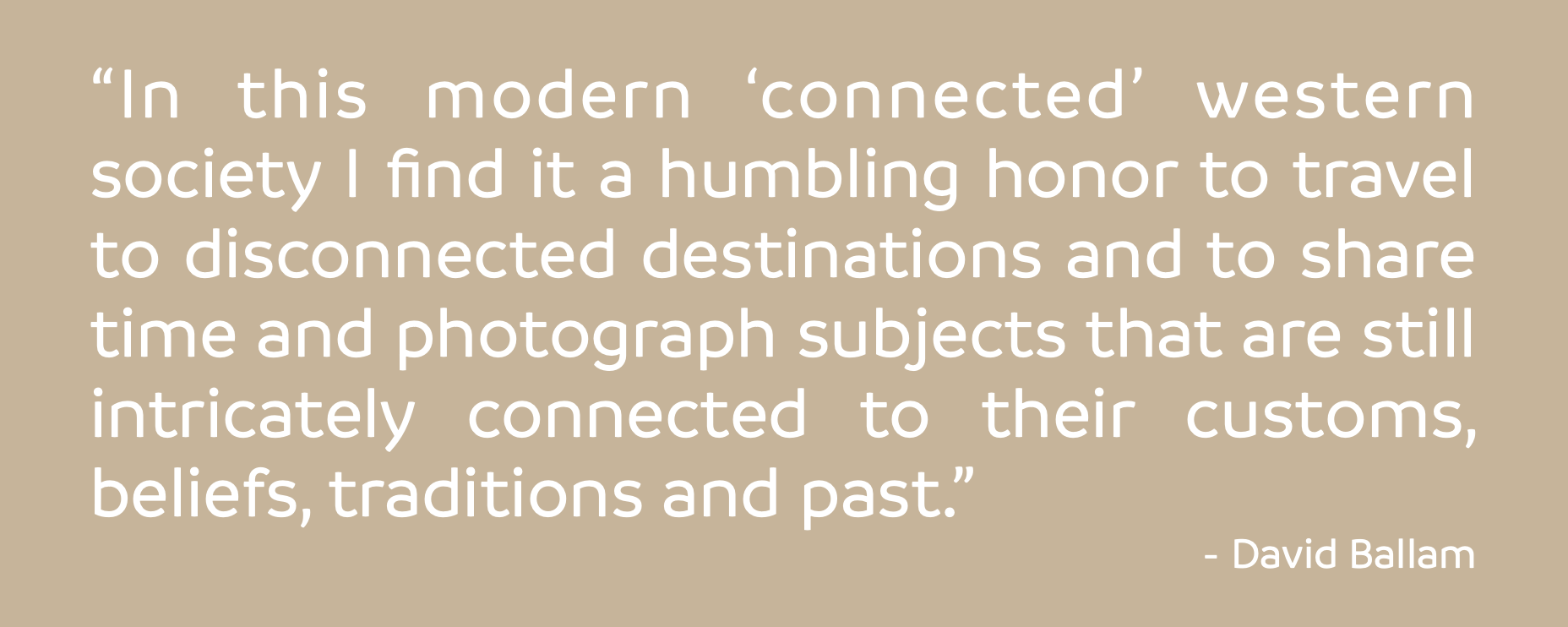David Ballam Photography
Jul 22nd 2022

There are many words to describe David Ballam’s photographs, but “timid” isn’t one of them. Try a different “t” word: “Trust.” The level of confidence between subject and photographer is palpable. His images are striking; his format, monumental; his dedication to his subjects as determined as the expressions on their faces. There is mutual, profound respect.
Some other words that come to mind: Evocative; Arresting; Captivating; Essential. While these images are firmly rooted in place, they seem untethered to time.
Ballam is perhaps best known for his portraits, but his images also reveal a reverence for the African landscape and a fascination with the things we humans build – ornate doors and graceful dhows – and with how we adorn ourselves in such studied, spectacular fashion. His photos reveal the synergy between humans and the natural world we inhabit. He captures shimmering seas, shimmering sand, the shimmering sky, all in harmony with his subjects’ shimmering skin and mesmerizing eyes. This is worlds away from the Africa many of us are familiar with: the wild beasts seen on safari; the wine tours leaving from Capetown; the teeming, cacophonous cities like Cairo and Marrakesh, Johannesburg, Nairobi. The Africa seen through Ballam’s lens is almost otherworldly.

Ballam reveals not only the symbiosis between the individual and nature, but also their connections with community. Most of his subjects may be solitary, but they’re far from alone. Even without knowing the backstory -- that Ballam gains the trust and permission of village elders before capturing these images -- the subject’s deep ties to their village, their culture, and their ancestry are evident. The protective energy surrounding these individuals emanates. The ancestors are an unseen, powerful presence: Their spirits transcend time and space.
Many of these portraits make the viewer think beyond the frame: What is life like in their village? How do they feel about this documentation of their existence? Why does Ballam not share their names? Ballam answers that last question this way: “These tribes are so far removed from the Western world and do not wish to be exposed in such a way. The elders of these tribes are determined to preserve the sanctity of their traditional culture. Furthermore these people go by many names inside and outside of the village.”

As with our traditions, there is symbolism inherent in the materials they choose for their extraordinary adornment. Westerners may put a diamond on a finger to signify engagement, the size of the rock an indication of wealth. Their embellishments — shells and beads and feathers and fur mixed with metals both humble and luxe — signal not just social status but physical strength. But when it comes to abundance, their ideas radically diverge from ours: No storage sheds crammed with forgotten stuff. Their expressions and postures say, “I have all I need. I possess enough.”
To live where and how these people do requires courage and faith. They are resourceful and they are brave.
Photographs first and foremost tell a story. Ballam’s conjure humanity’s mysteries. They reveal our remarkable individuality, but they also reveal what connects us. We all crave recognition, we all want to make our mark. The moment the shutter clicks, the subjects of these photographs have moved beyond the present. They won’t be immortal, but their descendants will know them. Like their fiercely protective ancestors, they’ve too transcended time.



